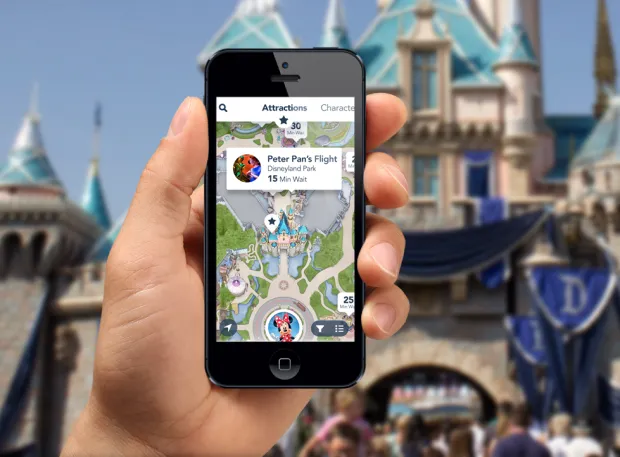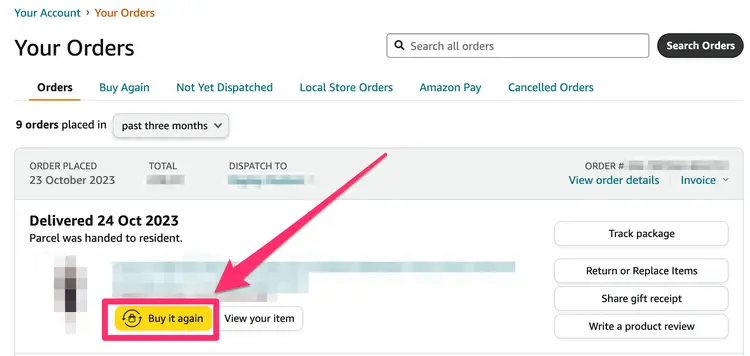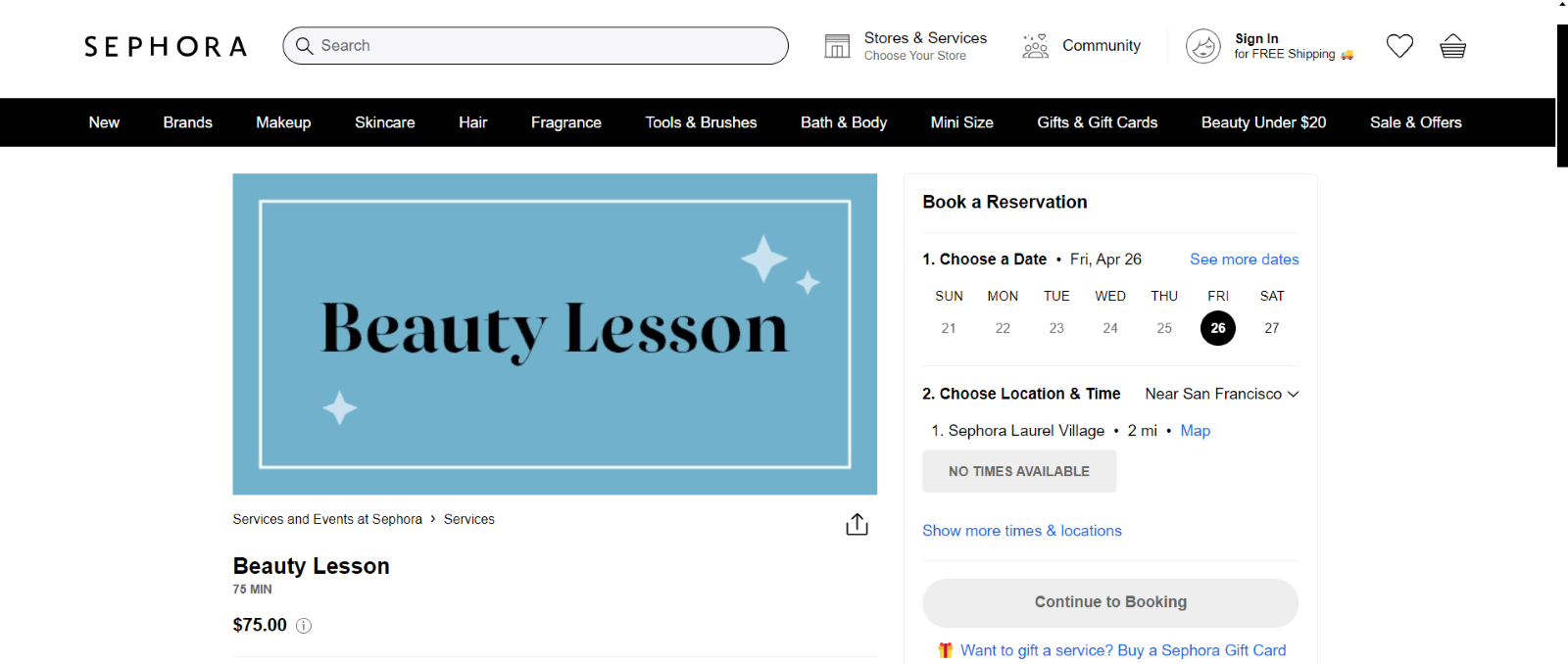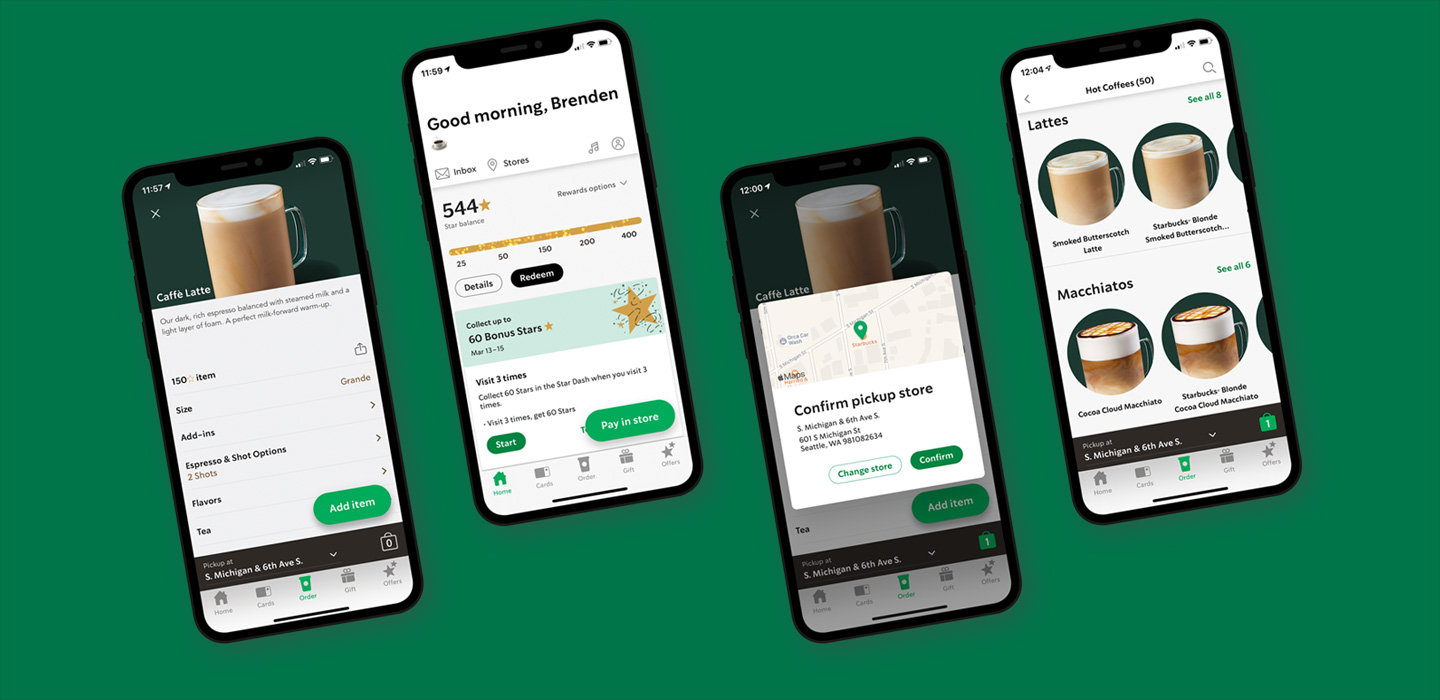Omnichannel customer service is a strategy that provides support across various channels (phone, email, chat) like a unified experience. It focuses on a smooth journey for the customer, with agents having all their interaction history at hand for a quicker resolution.
Customers hop between channels – social media, phone, website – like flipping through a choose-your-own-adventure book. A seamless experience ensures each channel feels like part of the same story. No frustrating repeats, just clear information and helpful support, no matter where they reach out.
In this article, we’ll discuss the key elements of an effective customer service strategy. We’ll also talk about overcoming challenges in implementing omnichannel customer service also with some case studies as a ready reckoner.
The Benefits of Omnichannel Customer Service
In today’s world, seamless customer experiences are an expectation, not a bonus. Omnichannel service positions your brand as one that prioritizes customer needs and fosters trust.
Here are a few more benefits of providing omnichannel customer service.
- Omnichannel service empowers customers to reach you on their terms, via phone, email, chat, or social media. This convenience translates to higher satisfaction and loyalty.
- Imagine a customer starting a chat, then needing to switch to a call. With omnichannel, agents have the full conversation history at their fingertips, allowing for a faster and more helpful resolution.
- By unifying customer interactions across channels, you gain valuable insights into their preferences and pain points. This data helps you tailor your service and offerings for a more personalized experience.
- Omnichannel can streamline operations by deflecting calls to self-service options or chatbots for simpler inquiries. This frees up agents for complex issues, improving overall efficiency.
Key Elements of an Effective Omnichannel Customer Service Strategy
1. Customer journey mapping
Omnichannel customer service strategy helps you understand how customers interact with your brand across all touchpoints.
Let’s take an example of Disney. They map a child’s journey from booking a trip (website) to visiting the park (mobile app with wait times) to interacting with characters (in-person experiences).

2. Unified customer data
The omnichannel approach in customer service, breaks down data silos by integrating information across channels for a complete customer picture.
Amazon is a master of this. Your purchase history, browsing activity, and past support interactions are all linked, allowing for highly personalized product recommendations and speedy resolution to issues.

3. Consistent branding & messaging
When you provide services across various channels, you’d inherently want to maintain a recognizable brand voice and message across all channels. This fosters trust and a seamless experience.
Apple demonstrates this beautifully. Their website, in-store staff, and social media presence all reflect the same clean, minimalist aesthetic and helpful tone.
4. Omnichannel support options
You offer multiple ways for customers to reach you, catering to their preferences.
For example, Sephora provides a great omnichannel experience. Customers can browse products online, book in-store consultations, and even get beauty advice through their social media platforms.

Empowered & knowledgeable agents
In the omnichannel customer service model, you train your agents to handle inquiries across all channels and equip them with the right tools.
Zappos is renowned for its exceptional customer service. Their agents, regardless of the channel used for contact (phone, email, chat), have the autonomy and resources to resolve customer issues quickly and efficiently.
How to Overcome Challenges in Implementing Omnichannel Customer Service
Implementing omnichannel customer service strategy is easier said than done. It comes with its own set of challenges. Acknowledging them and taking steps to overcome them is the one way forward.
Let’s look at the common challenges and solutions to overcome them.
- Silos & Resistance: Break down departmental barriers! Encourage collaboration and break down data silos to create a unified customer view. Training and clear communication are key.
- Technology Investment: Omnichannel platforms and data integration tools require upfront investment. However, the long-term benefits in efficiency and customer satisfaction outweigh the cost.
- Inconsistent Training: Ensure all agents, regardless of channel, receive comprehensive training on brand voice, product knowledge, and using the omnichannel platform.
- Metrics & Measurement: Track key metrics like resolution rates and customer satisfaction across channels. This data helps identify areas for improvement and measure the ROI of your omnichannel efforts.
Best Practices for Delivering Exceptional Omnichannel Customer Service Experiences
- Personalize the experience: Utilize customer data to customize interactions and suggestions across various channels. For instance, envision an email recommending a new book based on a recent online purchase.
- Empower through self-service: Provide a user-friendly FAQ section, knowledge base, or chatbot to handle basic inquiries. This empowers customers and allows agents to focus on more complex issues.
- Be proactive, not reactive: Predict and address customer needs in advance. For example, a travel company could send flight confirmation emails along with weather updates or information about airport lounge access.
- Master social media: Actively monitor and respond to customer questions and feedback on social media platforms. Demonstrate to customers that their voices are heard, and their opinions are valued.
- Feedback is a gift: Ensure that customers can easily give feedback through all communication channels (such as phone, email, or app). This insightful data aids in identifying areas for enhancement and maintaining an outstanding omnichannel experience.
Case Studies: Successful Implementation of Omnichannel Customer Service
We’ll give you examples of two leading brands who have successfully implemented omnichannel customer service strategies.
Bank of America: Using AI-powered chatbot for personalized customer interactions
Bank of America’s AI-powered chatbot Erica, seamlessly integrates with their mobile banking app. Using natural language processing, Erica understands the user’s financial needs.
Imagine a customer asking, “Can I afford a new TV?”. Erica can analyze their account balance, spending habits, and pre-set savings goals to provide a personalized response. It can even suggest budgeting tips or connect them with a loan specialist if needed.
This 24/7 conversational interface empowers customers with personalized financial insights, potentially reducing call center traffic and allowing human agents to handle more in-depth financial consultations.
Starbucks: Integrating online and offline channels to provide a seamless customer experience

Customers can browse the menu, order and pay for drinks ahead of time, and even specify customizations through a Starbucks’ mobile app.
This online convenience integrates seamlessly with the physical store. Baristas can see mobile orders with specific instructions, ensuring a personalized and speedy pickup experience.
The app also allows users to reload their Starbucks card, track reward points, and access exclusive offers, further blurring the lines between online and offline interactions.
In Conclusion
In today’s digital age, customers expect a smooth, connected experience across all touchpoints. Omnichannel customer service isn’t just a trend; it’s the key to building lasting customer relationships.
By unifying your channels, empowering agents, and personalizing interactions, you can ensure a frustration-free journey for your customers, regardless of how they choose to connect. Remember, happy customers are loyal customers, and loyal customers are your biggest brand advocates.
Invest in omnichannel customer service – it’s an investment in the future of your business.
If you’re looking for a solution to unify support tickets from multiple channels, LeadSquared’s Service CRM could be your go to platform.
To know more about the platform capabilities, contact us.
More in this series:
- What is Customer Service? A Complete Guide with Examples
- Understanding the Difference between Customer Service and Customer Support
- The Power of Customer Service Automation: Benefits and Examples
- 10 Crucial Customer Service Metrics for Success
- Omnichannel Support: Definition, Popular Channels, and Best Practices
- Empathy in Customer Service: How to Build Genuine Connections
- 15 Empathy-driven Customer Service Email Templates
- 10 Best Customer Service Software in India for Great Support
- How to Write Effective Customer Service Emails
- 15 Customer Service Email Templates
- 15 Highly Effective Customer Service Scripts to Practice
- Everything You Need to Know About Customer Service Analytics
- 10 Best Customer Service Dashboard Examples and How to Use Them in Your Organization









